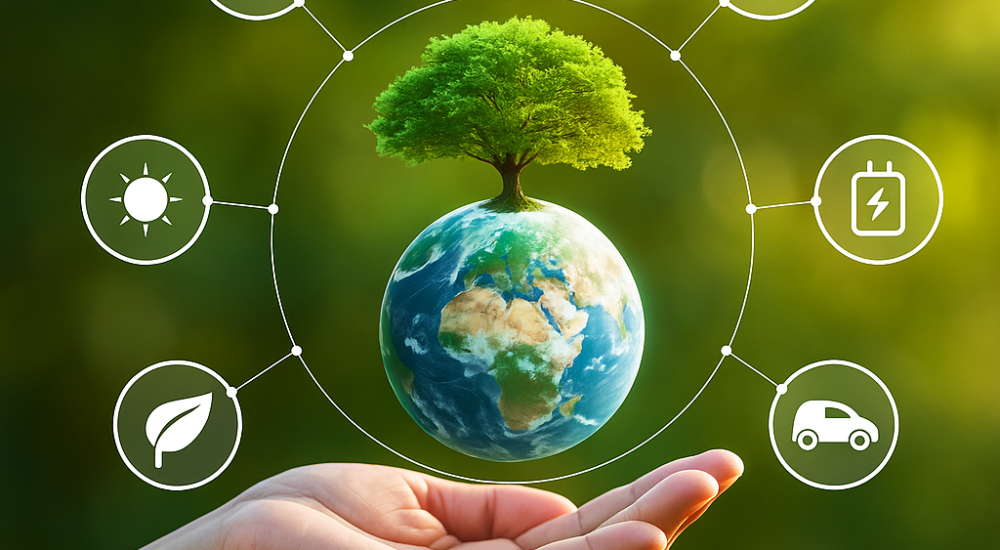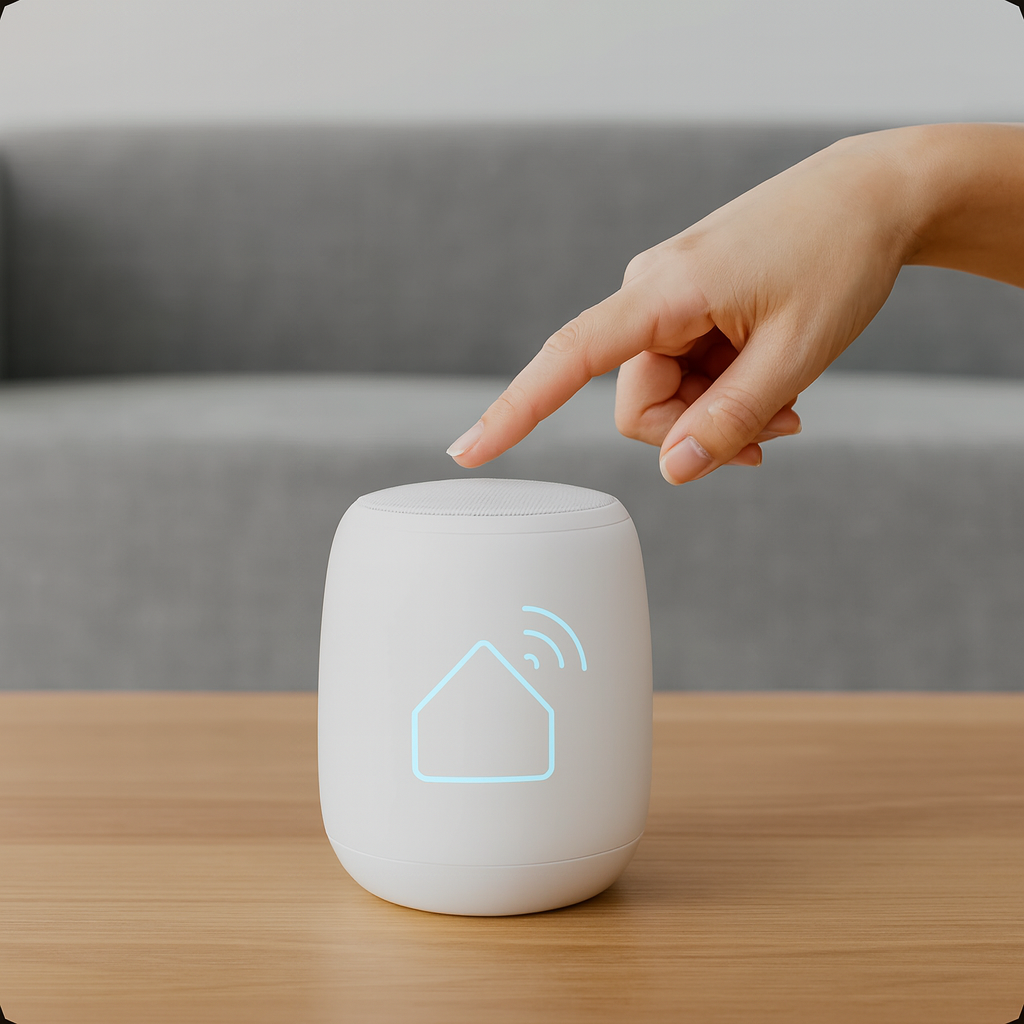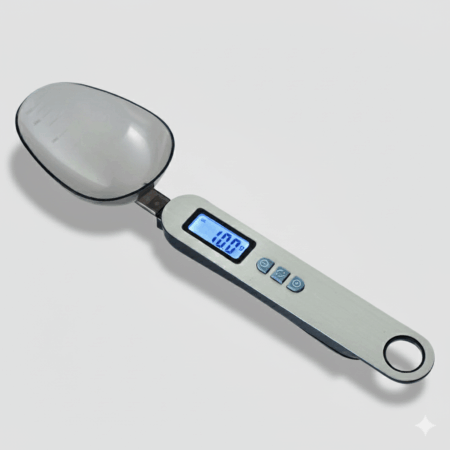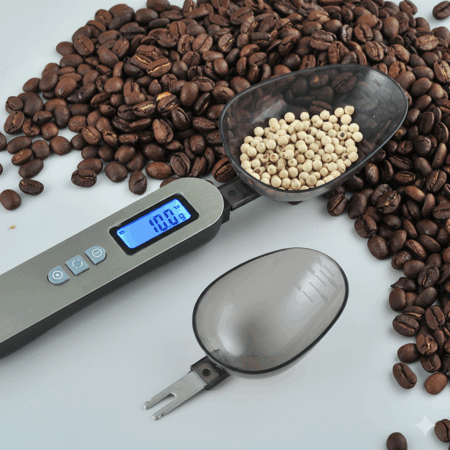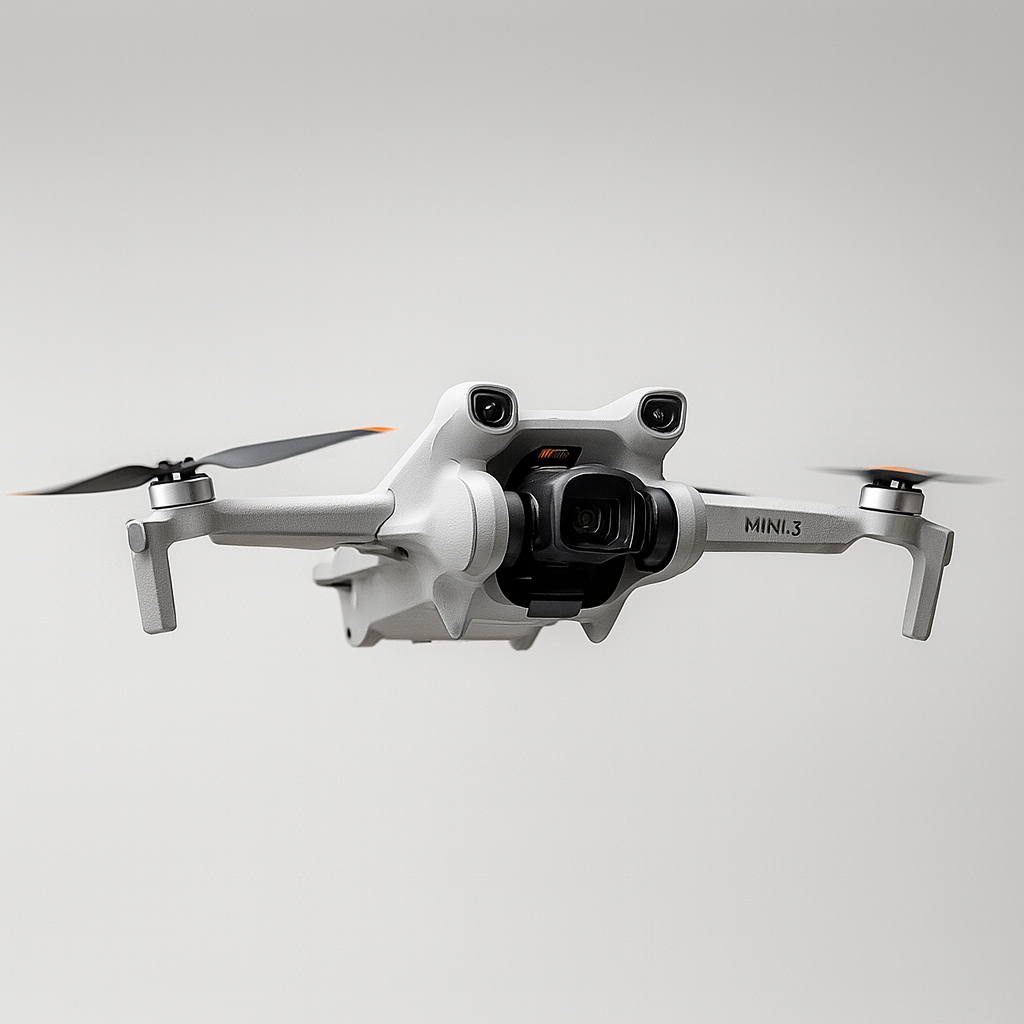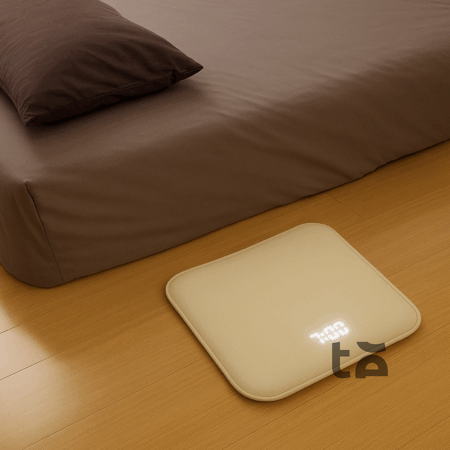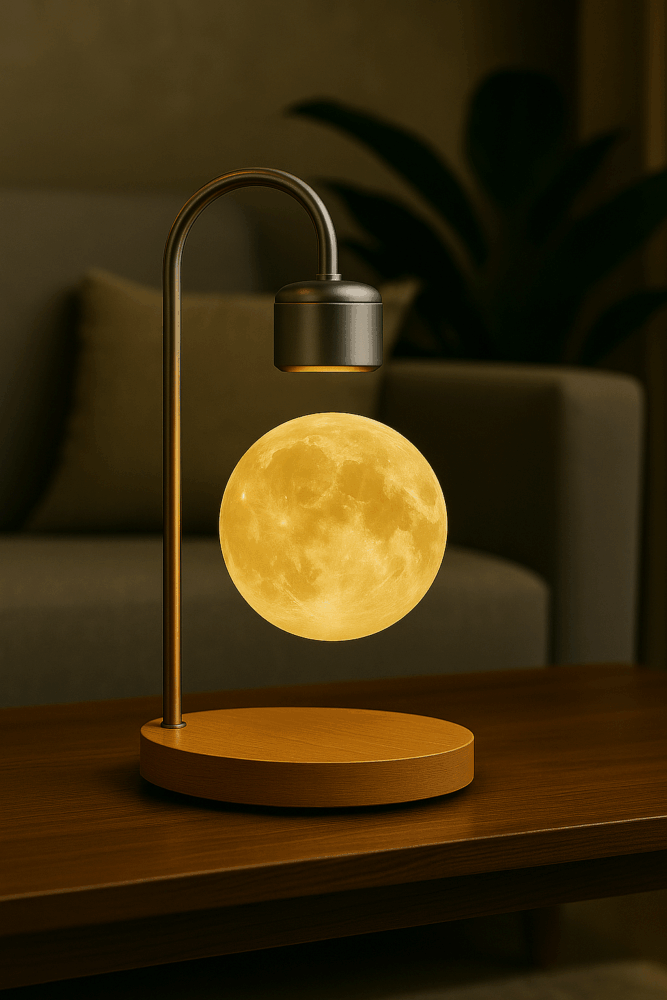
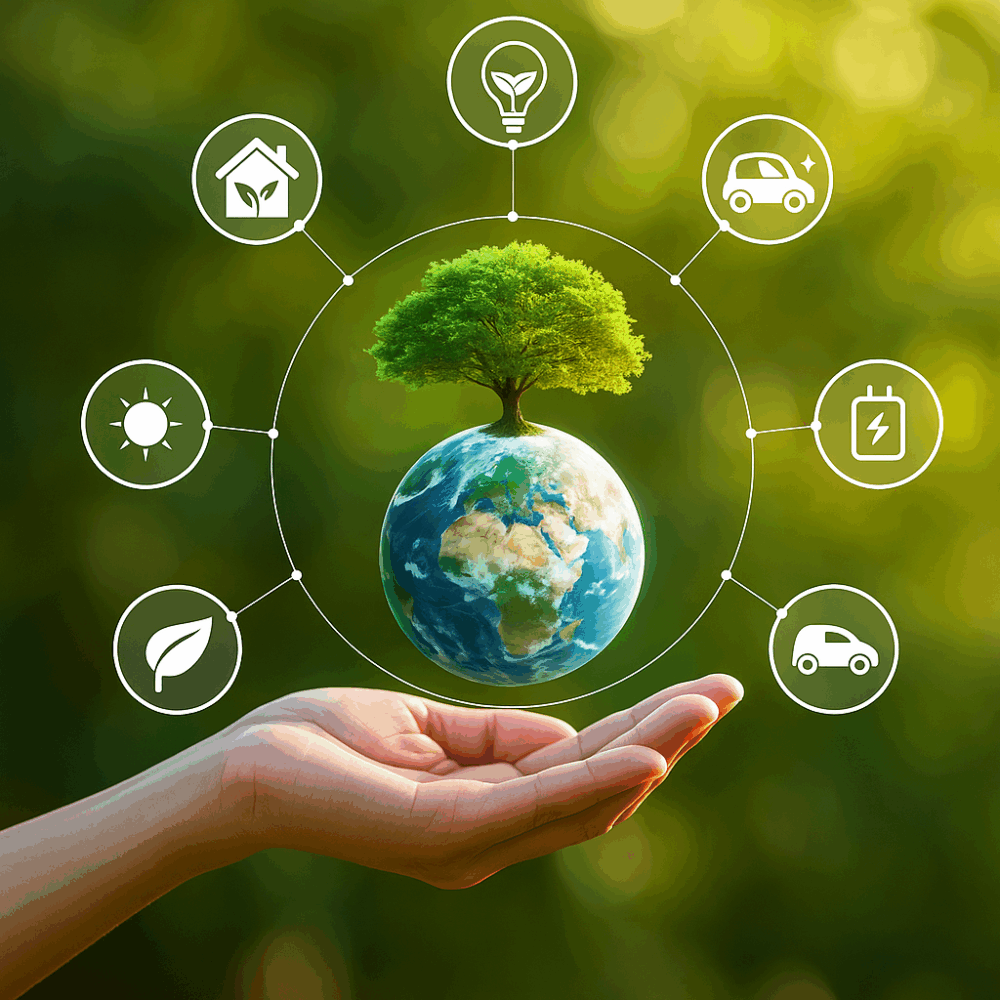
As climate change accelerates and environmental concerns rise, the need for sustainable innovation is more urgent than ever. Enter green technology—also known as clean tech—designed to reduce environmental impact while boosting energy efficiency and responsible resource use. A powerful shift is underway as green tech merges with smart innovations, creating a new class of eco-friendly smart products. These solutions improve everyday life while actively supporting a sustainable future. In this post, we’ll explore the most promising eco-smart technologies shaping tomorrow’s greener world.
Energy-Efficient Smart Home Appliances
Smart home tech is changing how we live, combining convenience with efficiency. Now, eco-friendly smart appliances go further—cutting energy waste and carbon footprints.
For example, energy-efficient smart fridges use intelligent sensors and upgraded insulation to reduce power usage. Smart thermostats powered by AI adjust to your habits, keeping your home comfortable while minimizing unnecessary energy output.

Solar-Powered Smart Devices
Harnessing the sun, one of the most renewable energy sources, solar-powered devices are now transforming how we power daily tech.
Solar outdoor lights charge during the day and glow through the night. Meanwhile, portable solar chargers and power banks offer eco-conscious charging solutions—perfect for those always on the move.
Eco-Friendly Smart Lighting Solutions
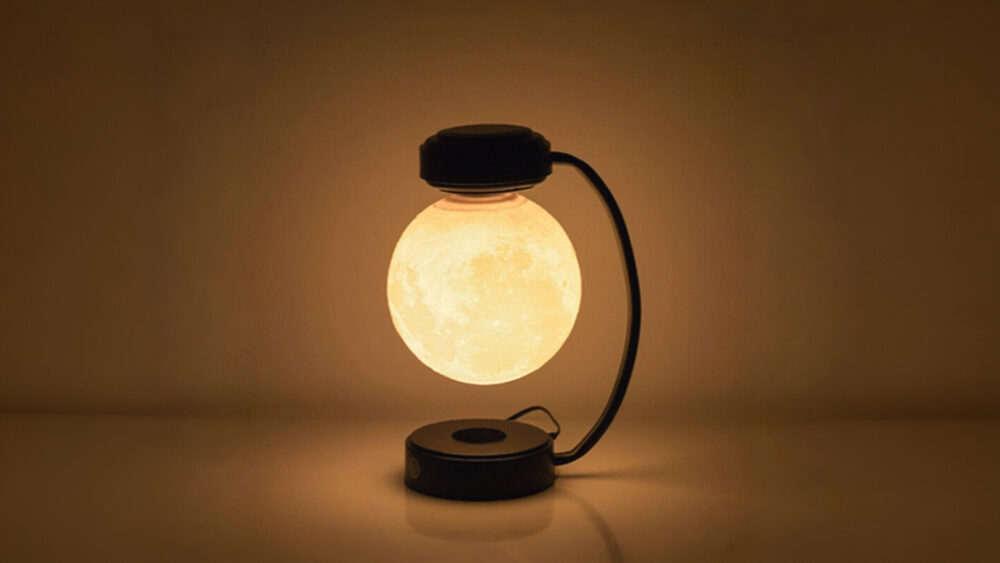
Smart lighting is one of the simplest yet most impactful green upgrades. LED-based systems use a fraction of the power of traditional bulbs and last significantly longer.
Smart lighting systems also adjust brightness automatically with built-in sensors or scheduling, reducing unnecessary usage and maximizing efficiency—creating spaces that are both eco-conscious and human-centered.
Energy Harvesting Smart Devices
Imagine devices that generate their own power. That’s the promise of energy harvesting technology—converting movement, heat, or light into usable electricity.
Wearable smartwatches can now charge from your motion. Solar-powered keyboards gather energy from indoor lighting. These innovations not only reduce battery waste but push the boundaries of sustainable, self-sufficient design.
Smart Water Conservation Systems
Water-saving tech is becoming critical in the fight against resource depletion. Smart systems now track usage, detect leaks, and provide insights to avoid wastage.
Take smart irrigation: it uses weather forecasts and soil data to optimize watering, preventing overuse. Smart showerheads and faucets cut water flow intelligently, combining comfort with conservation.
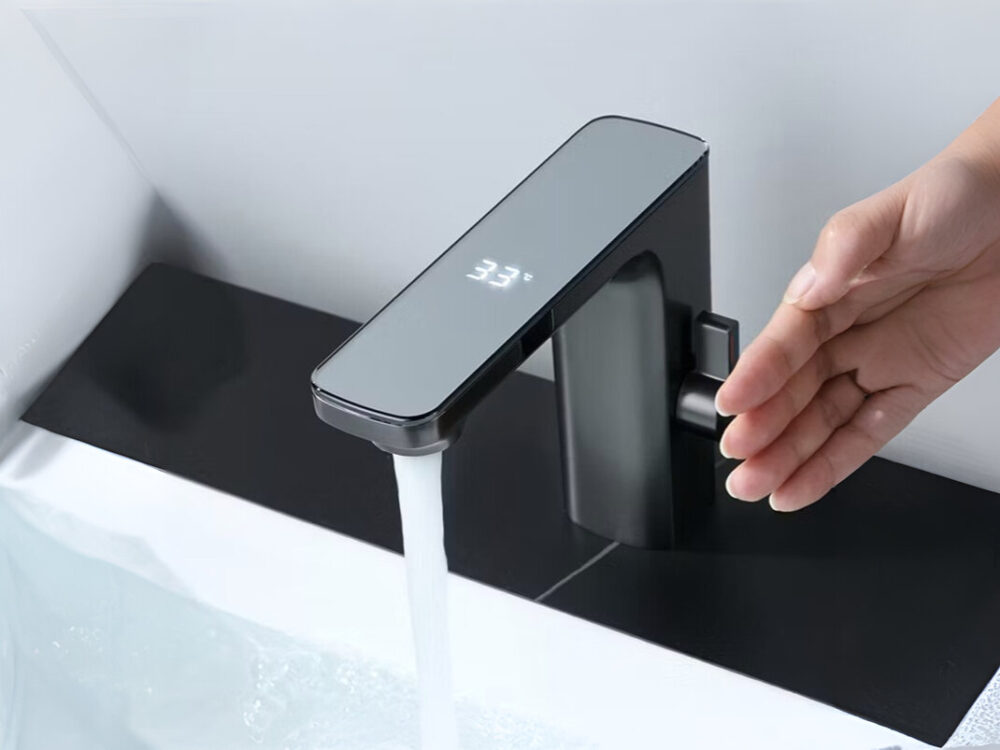
Eco-Friendly Smart Transportation
Transportation accounts for a major share of emissions. Fortunately, eco-smart travel is on the rise.
Electric vehicles (EVs) are leading the charge—offering zero-emission alternatives. Smart EV chargers optimize power use, often integrating with renewable energy. Together, they’re changing how we move through the world.
Smart Waste Management and Recycling
Technology is transforming how we handle waste. Smart bins with sensors notify collection teams when they’re full, cutting down on inefficient trips.
AI-powered sorting systems automate recycling, recognizing and classifying materials accurately. These tools support a circular economy, ensuring less waste ends up in landfills.
Smart Agriculture and Sustainable Farming
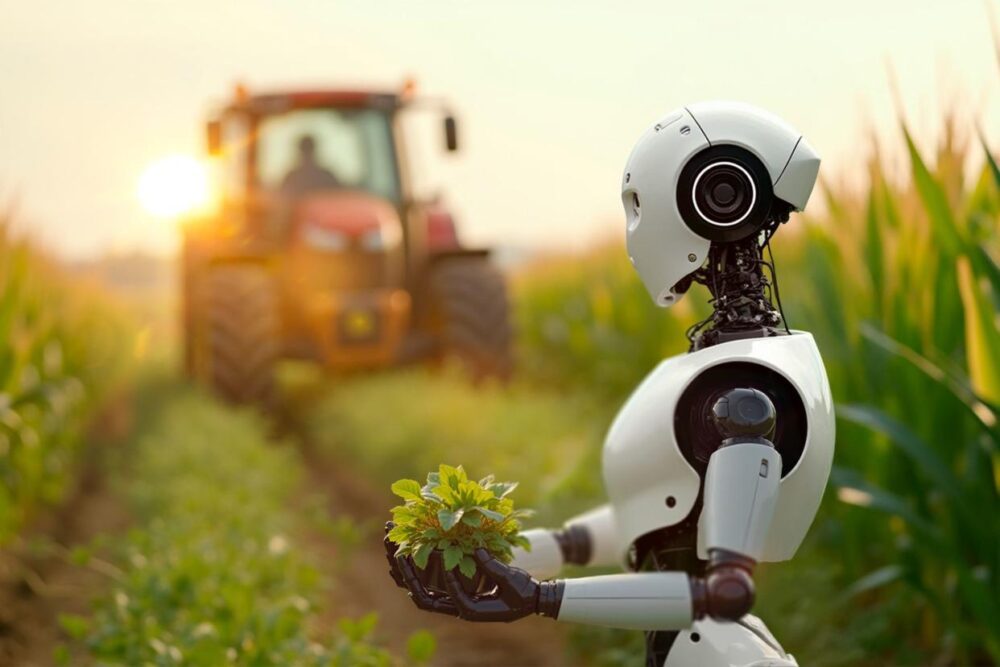
The future of farming is smart and sustainable. By using connected tech, agriculture can now reduce water, chemical, and energy use—while increasing crop output.
IoT sensors monitor soil and crop health in real time. Drones scan fields for issues, enabling precise, minimal interventions. The result? Higher yields with lower impact.
Conclusion
The fusion of green tech and smart innovation is driving a powerful movement toward sustainability. From solar-powered devices to intelligent farming, these eco-friendly solutions show how technology can serve both people and the planet.
Not only do they help reduce emissions and conserve resources, but they also offer cost savings and enhanced quality of life. As these products become more accessible, they pave the way for a cleaner, smarter, and more responsible future. Embracing these innovations isn’t just a trend—it’s a commitment to protecting the planet for future generations.

